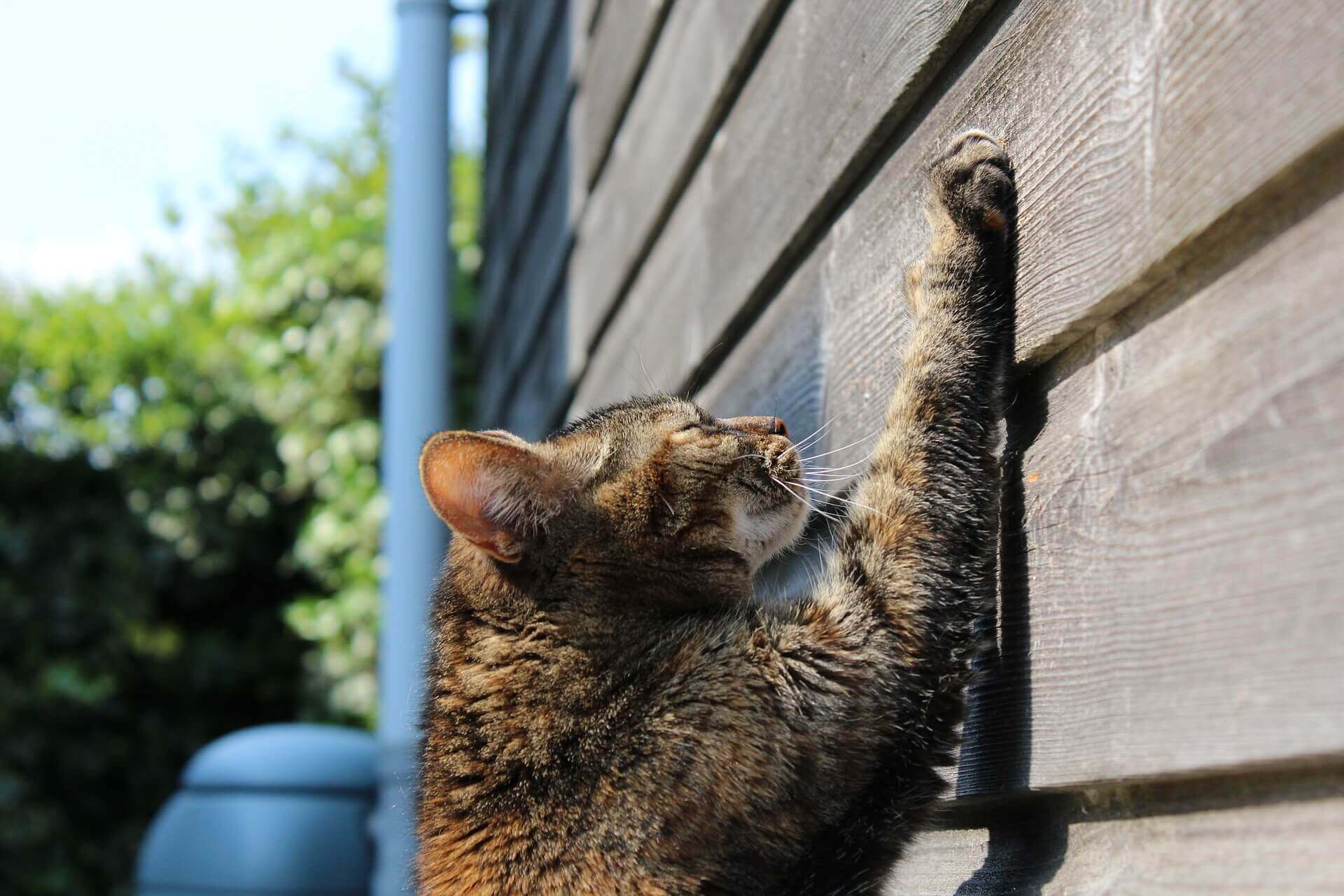Physical Address
304 North Cardinal St.
Dorchester Center, MA 02124
Physical Address
304 North Cardinal St.
Dorchester Center, MA 02124

Cat declawing, also known as onychectomy, is a surgical procedure that involves the removal of a cat’s claws. The procedure involves amputating the last bone of a cat’s toe, along with the attached claw. Declawing is commonly performed to prevent cats from scratching furniture, people, or other objects. However, the practice has become increasingly controversial in recent years.
Cat declawing, also known as onychectomy, is a surgical procedure that removes a cat’s claws. The procedure has been controversial as it can cause long-term pain and discomfort for cats and interfere with their natural behaviors. Alternatives to declawing include providing scratching posts and trimming claws, or using nail caps to prevent scratching. Some countries and cities have banned the practice, while others allow it with restrictions. It is important to carefully weigh the pros and cons before deciding on declawing a cat.
One of the main arguments in favor of cat declawing is that it can protect furniture and other household items from damage. Cats have sharp claws that they use for scratching and climbing. Without claws, a cat is less likely to scratch furniture or other objects in the home. This can be especially beneficial for people who have expensive or delicate furnishings.
Another argument in favor of cat declawing is that it can protect people from scratches. Cats can scratch people accidentally or when they are scared or angry. Declawing can reduce the risk of scratches, which can be painful and can lead to infection. This can be especially important for people with weakened immune systems or other health conditions that make them more susceptible to infection.
One of the main arguments against cat declawing is that it is a painful and unnecessary procedure. Cats have claws that are an important part of their anatomy. Removing a cat’s claws can cause long-term pain and discomfort. In addition, declawing can lead to other health problems, such as lameness or behavior problems.
Another argument against cat declawing is that it is inhumane. Cats use their claws for a variety of purposes, including hunting, climbing, and self-defense. Declawing can interfere with a cat’s ability to perform these natural behaviors. In addition, declawing can cause psychological distress for cats, who may feel vulnerable and defenseless without their claws.
If you are concerned about your cat scratching furniture or people, there are alternatives to declawing. One option is to provide your cat with plenty of scratching posts and other objects to scratch. Cats have a natural instinct to scratch, and providing them with appropriate objects can help satisfy this instinct. In addition, you can trim your cat’s claws regularly to reduce their sharpness.
Another option is to use nail caps, which are small plastic caps that fit over a cat’s claws. Nail caps prevent a cat from extending its claws, so it cannot cause damage. Nail caps are a temporary solution and need to be replaced regularly, but they can be a good option for people who want to protect their furniture without declawing their cat.
The practice of cat declawing has long been a source of controversy. Some people argue that it is necessary to protect furniture and people from scratches, while others believe that it is inhumane and unnecessary. In recent years, a number of countries, including Australia and most of Europe, have banned declawing cats. In the United States, some cities and states have also banned declawing, while others allow it with certain restrictions.
The truth about declawing cats is that it is a controversial and divisive issue. While declawing can protect furniture and people from scratches, it can also cause long-term pain and discomfort for cats. In addition, declawing can interfere with a cat’s natural behaviors and cause psychological distress. If you are considering declawing your cat, it is important to weigh the pros and cons carefully and consider alternatives, such as providing scratching